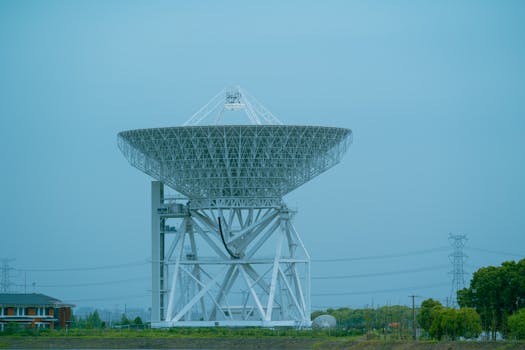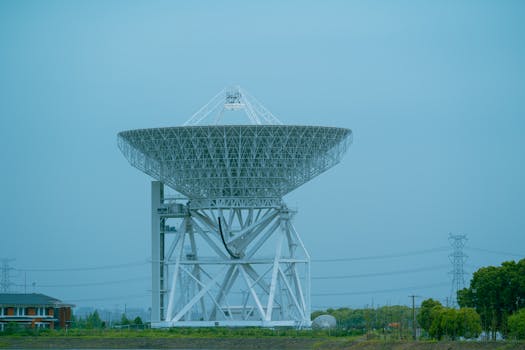
Navigating the Skies: Insights into Recent Satellite Telecommunications Innovations
Navigating the Skies: Insights into Recent Satellite Telecommunications Innovations have revolutionized the way we communicate and access information. Satellite telecommunications have become an essential part of our daily lives, enabling global connectivity, navigation, and entertainment. In this article, we will delve into the recent innovations in satellite telecommunications, exploring the latest advancements, key players, and the future of this rapidly evolving industry.
Introduction to Satellite Telecommunications

Satellite telecommunications involve the use of artificial satellites in orbit around the Earth to transmit and receive data, voice, and video signals. This technology has been around for several decades, but recent advancements have significantly improved its capabilities, efficiency, and cost-effectiveness. Satellite telecommunications offer a wide range of services, including broadband internet, mobile networks, navigation, and television broadcasting.
Recent Innovations in Satellite Telecommunications

Several recent innovations have transformed the satellite telecommunications landscape. One of the most significant advancements is the development of high-throughput satellites (HTS), which offer greater bandwidth and faster data transfer rates. HTS have enabled the widespread adoption of satellite-based broadband internet, particularly in remote and underserved areas. Another innovation is the use of low-Earth orbit (LEO) satellites, which provide lower latency and higher speeds than traditional geostationary satellites.
Additionally, the introduction of satellite constellations, such as those developed by SpaceX and OneWeb, has further expanded the capabilities of satellite telecommunications. These constellations consist of hundreds or thousands of small satellites working together to provide global coverage and high-speed connectivity. The use of advanced materials and manufacturing techniques has also improved the efficiency and cost-effectiveness of satellite production.
Key Players and Industry Trends

The satellite telecommunications industry is highly competitive, with several key players driving innovation and growth. Companies like SpaceX, OneWeb, and Amazon’s Kuiper Systems are investing heavily in satellite constellation development, while established players like Intelsat and SES are expanding their services and capabilities. The industry is also witnessing a trend towards greater collaboration and partnerships, with companies working together to develop new technologies and services.
Government agencies, such as the Federal Communications Commission (FCC) in the United States, are also playing a crucial role in shaping the industry’s future. Regulatory frameworks and spectrum allocation policies are being developed to support the growth of satellite telecommunications and ensure fair competition. As the industry continues to evolve, we can expect to see new innovations, services, and applications emerge, further transforming the way we communicate and access information.
Conclusion and Future Outlook

In conclusion, recent innovations in satellite telecommunications have transformed the industry, enabling faster, more efficient, and cost-effective connectivity. As the industry continues to grow and evolve, we can expect to see new advancements, services, and applications emerge. The future of satellite telecommunications holds much promise, with potential applications in areas like 5G networks, IoT, and space exploration. As we navigate the skies and explore the possibilities of satellite telecommunications, one thing is clear – the future of connectivity is brighter than ever.
See more:






